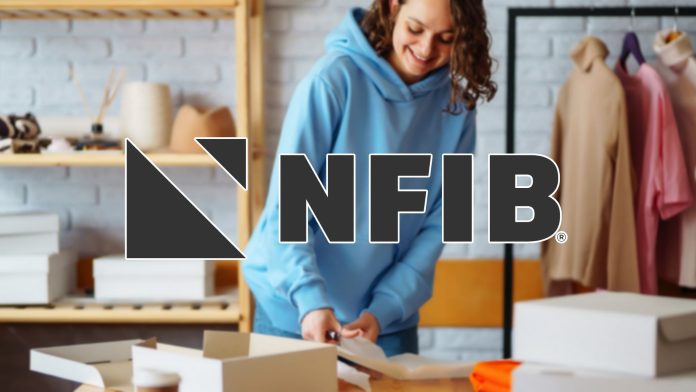The landscape of small business financing is experiencing a significant shift as the U.S. Small Business Administration (SBA) has announced the elimination of controversial underwriting standards introduced during the Biden administration. This policy change aims to restore traditional lending safeguards within the 7(a) loan program, a vital resource for many small business owners seeking financial support.
At the forefront of this decision is SBA Administrator Kelly Loeffler, who articulated the need for robust lending criteria to protect not only the integrity of the 7(a) program but also taxpayer interests. "The last Administration inherited a thriving 7(a) loan program but left it in critical condition – dismantling every common-sense guardrail that kept it solvent and self-sustaining," Loeffler said. The removal of what she termed "reckless lending" practices is intended to address the alarming rise in loan defaults that have plagued the program in recent years.
The 7(a) loan program, recognized as the SBA’s flagship financial product, provides government-backed loans through private lenders to small businesses that struggle to secure financing from conventional sources. The program operates on a "zero-subsidy" basis, meaning it is designed to be self-sustaining through lender fees. Historically, these fees have covered the costs associated with borrower defaults. However, recent policies drastically reduced these fees and adopted lenient underwriting practices that allowed for higher-risk lending, ultimately leading to a negative cash flow in the lending program. According to statistics, by 2024, the cash flow for the 7(a) program had plummeted to around -$397 million—its first deficit in 13 years.
In response to this financial turmoil, the SBA has initiated immediate actions to restore previous underwriting standards. The newly implemented Standard Operating Procedure (SOP) 50.10.8 will reject the previous "Do What You Do" guidelines, reinstating the stricter pre-Biden criteria. Additionally, the SBA plans to streamline the Franchise Directory, which will assist lenders in determining the eligibility of businesses seeking SBA-backed loans.
For small business owners, these changes herald a more stable lending environment. With the reinstatement of established underwriting standards, there will likely be a reduction in the number of risky loans. This should increase the overall health of the 7(a) program, thereby enhancing access to capital for responsible borrowers. "The SBA is taking immediate action to restore prudent lending criteria, rein in risk, and save the 7(a) program before it collapses under the weight of bad policy," Loeffler noted.
However, business owners should remain aware of potential challenges. Even though stricter standards can improve the viability of loans, they may also tighten access for those who benefit from more lenient criteria. Owners of businesses that struggled during previous lending periods may face heightened scrutiny, which could affect their ability to obtain loans as easily as before. Additionally, as the agency moves to streamline its processes, small business owners must stay informed regarding eligibility and documentation requirements.
Overall, the SBA’s recent policy adjustments aim to balance essential access to funding with the financial sustainability of the loan program. For small business owners keen on leveraging these resources, understanding the new landscape, seeking guidance from SBA resources, and being prepared for thorough scrutiny will be vital in navigating their path to secure funding.
For more information on this policy change and its implications for your business, visit the original announcement at SBA Press Release.
Image Via Envato: maxbelchenko



